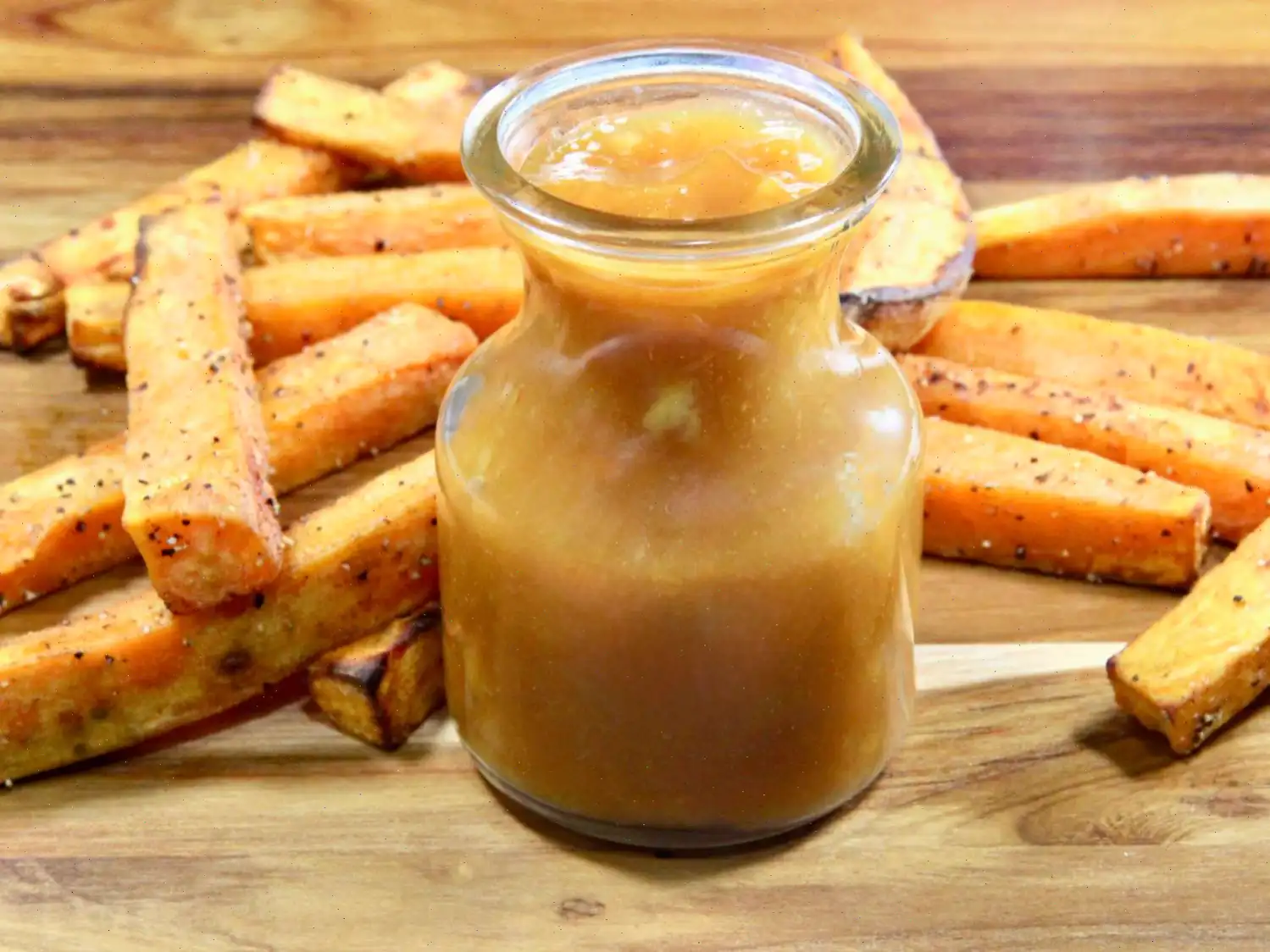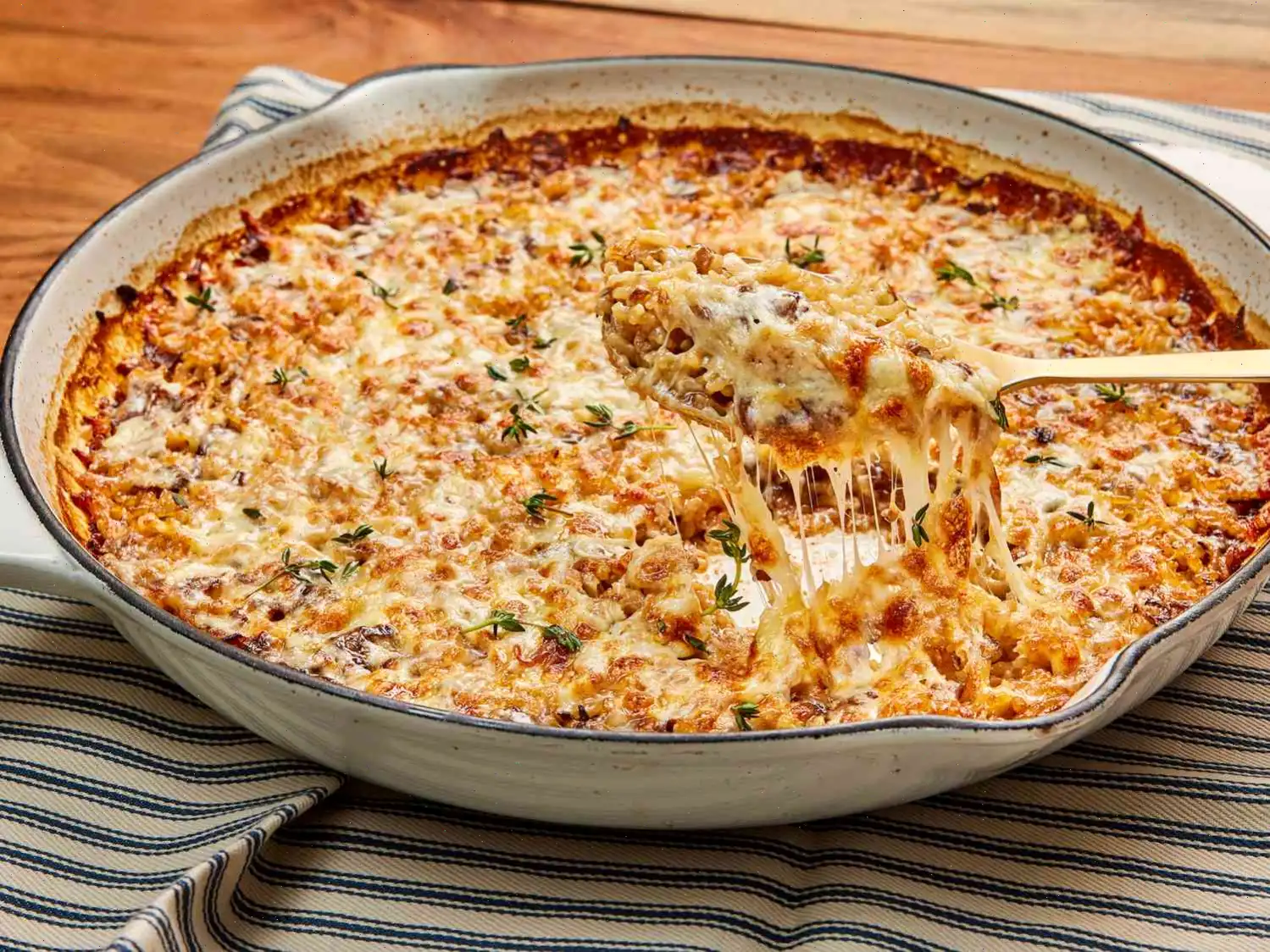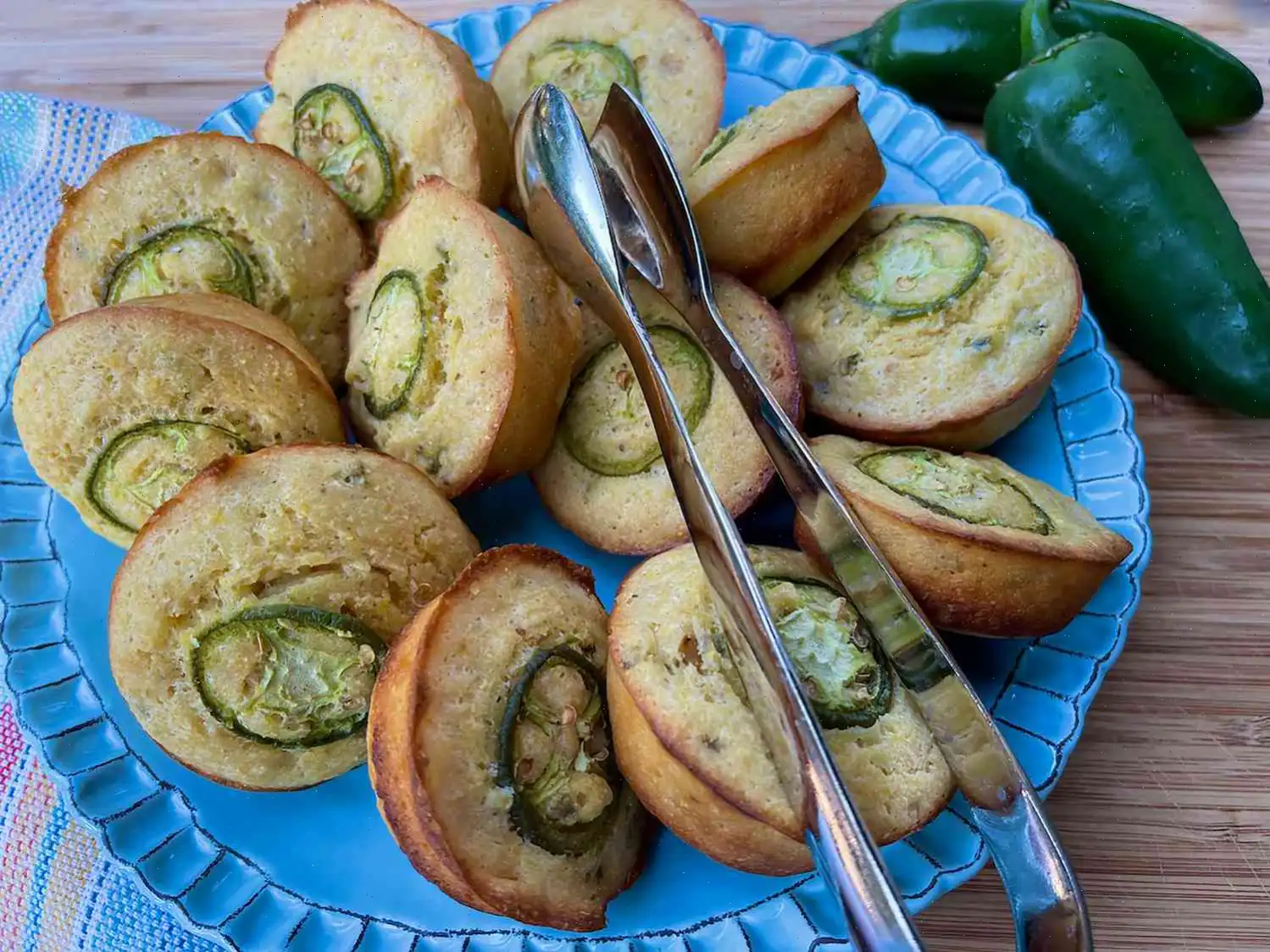
Cinnamon Sugar Recipe
Ingredients
This recipe was developed with the original yield in mind. Ingredient amounts are automatically adjusted, but cooking times and steps remain unchanged. Please note that not all recipes scale perfectly.
- 4 tablespoons white sugar
- 1 tablespoon ground cinnamon
Directions
- In a small bowl, whisk together the white sugar and ground cinnamon until fully combined. Make sure to break up any clumps in the mixture.
- Once thoroughly mixed, transfer the cinnamon-sugar blend to a shaker jar, a canning jar with a tight-fitting lid, or any airtight .
- Store the mixture at room temperature for easy access whenever needed.
Nutrition Facts
Per serving (15 servings per recipe):
| Amount per Serving | Daily Value |
|---|---|
| Calories | 14 |
| Total Fat | 0g |
| Saturated Fat | 0g |
| Cholesterol | 0mg |
| Sodium | 0mg |
| Total Carbohydrates | 4g |
| Dietary Fiber | 0g |
| Total Sugars | 3g |
| Protein | 0g |
| Vitamin C | 0mg |
| Calcium | 5mg |
| Iron | 0mg |
| Potassium | 2mg |
* Percent Daily Values are based on a 2,000 calorie diet. Your daily values may be higher or lower depending on your calorie needs.
** Nutrient information is not available for all ingredients. Amount is based on available nutrient data.
(-) Information is not currently available for this nutrient. If you are following a medically restrictive diet, please consult your doctor or registered dietitian before preparing this recipe for personal consumption.
The Story Behind Cinnamon Sugar
Cinnamon sugar is a simple yet beloved combination that has been cherished for centuries. Cinnamon itself has an ancient history, dating back to Egypt, where it was prized for its flavor and medicinal properties. Sugar, originally a luxury item, became widely available in Europe during the Middle Ages. The combination of these two ingredients emerged naturally as bakers and cooks sought to add warmth and sweetness to their creations. Over time, cinnamon sugar evolved from a simple sprinkle on breads and pastries to a staple in kitchens worldwide.
Regional Variations
While cinnamon sugar is popular across many countries, regional nuances give it unique characteristics. In the United States, it is often used on breakfast items like toast, muffins, and churros. In Mexico, a similar mix called "canela y azcar" is commonly used to coat fried pastries such as buuelos. Scandinavian countries incorporate cinnamon sugar in baked goods like cinnamon rolls, giving them a subtle, aromatic sweetness. Each region may adjust the ratio of cinnamon to sugar to suit local palates, ranging from a stronger cinnamon flavor to a more subtle hint.
How It Differs from Similar Blends
While cinnamon sugar might seem like a simple mixture, it differs from other sweet spice blends in both purpose and composition. Unlike pumpkin spice, which combines cinnamon with nutmeg, ginger, and cloves, cinnamon sugar is a straightforward two-ingredient blend, emphasizing the pure flavor of cinnamon. Unlike frosting or glaze, which adds moisture and richness, cinnamon sugar is dry, allowing it to be sprinkled or incorporated into dough without changing texture. Its versatility and simplicity make it uniquely suited for both sweet and slightly savory applications.
Common Serving Occasions
Cinnamon sugar is most commonly sprinkled on breakfast or dessert items. Classic uses include coating toast, buttered muffins, pancakes, or churros. It is also a favorite topping for roasted nuts, popcorn, or oatmeal. Many bakeries use cinnamon sugar as a finishing touch on pastries and doughnuts. Its ease of use and ability to enhance simple dishes make it a household favorite for quick treats and festive occasions alike.
Fun and Interesting Facts
- Cinnamon sugar can be easily customized: adding a pinch of salt or a touch of nutmeg can elevate its flavor.
- The ideal ratio is often 4 parts sugar to 1 part cinnamon, but some prefer a stronger cinnamon presence for a spicier kick.
- Historically, cinnamon was so valuable that it was considered more precious than gold in certain eras.
- Cinnamon sugar is often used as a sensory trigger in marketing, as its sweet and warm aroma evokes comfort and nostalgia.
- Homemade cinnamon sugar can last for months if stored in an airtight container, making it a convenient pantry staple.








